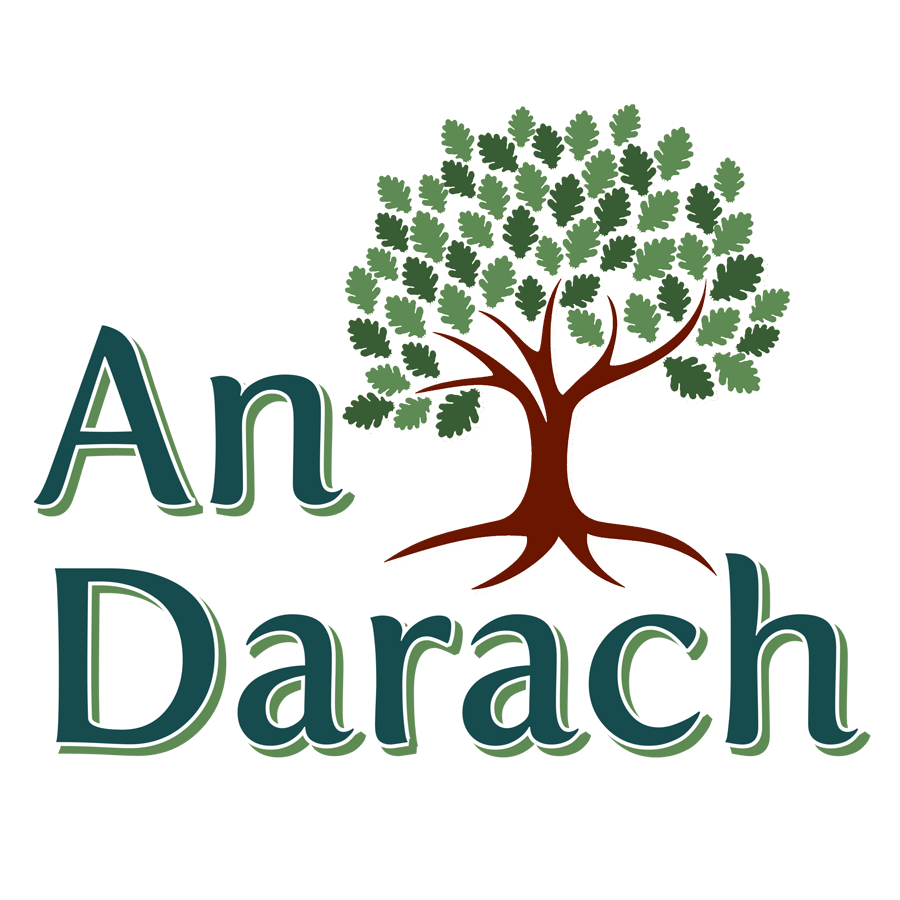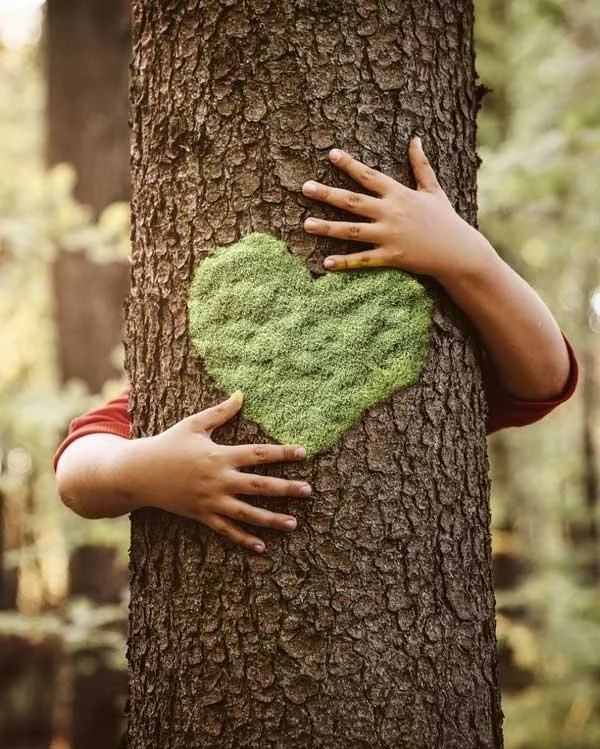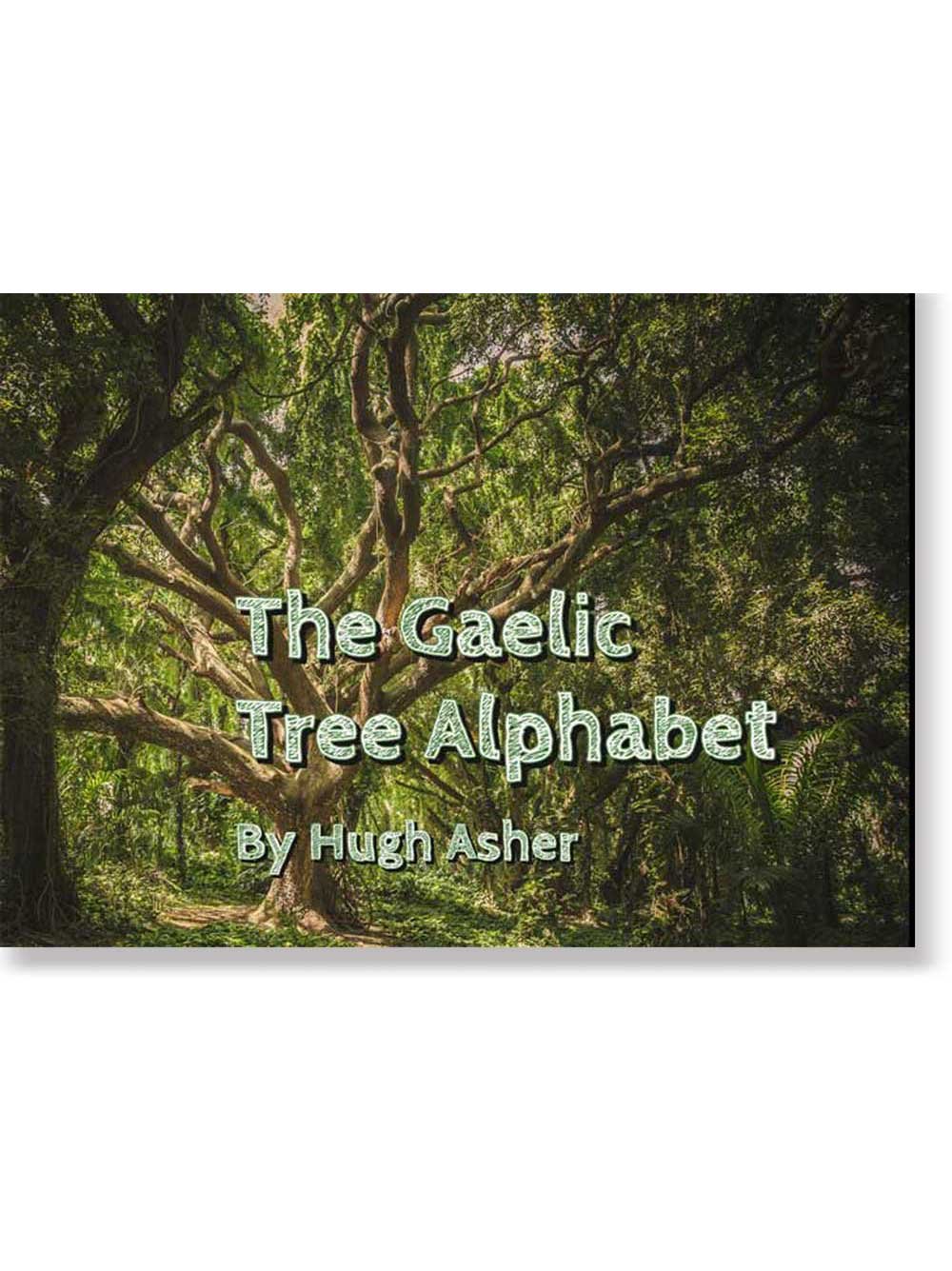Is Forest Bathing about Hugging Trees?
9th April 2022
When engaging in Forest Bathing activities, different people are drawn to different ways of interacting with the trees. Some people are drawn to the more tactile activities sometimes associated with Silvotherapy. During one of my earliest sessions guiding Forest Bathing activities, I was asked if it was all about hugging trees. ‘Tree hugging’ often carries negative connotations and I was trying to strike a balance between encouraging people to engage in activities that were meaningful to them, pushing them to step outside of their comfort zones a little, and supporting them to try new experiences that might have beneficial effects, without them making any stereotypical assumptions about hugging trees before trying things for themselves first.
So … Is Forest Bathing All About Hugging Trees?
Well, yes and no! Forest Bathing can involve actually wrapping your arms around a tree. But it can also involve simply feeling the texture of the bark, smelling the leaves or needles, and noticing the beauty of a tree from further away, as well as just mindfully taking in the environment, landscape and soundscape around the tree. There are emotional, psychological and physical benefits to hugging people or trees, hugging a tree may be easier for some people who do not enjoy the experience of hugging other people, or being hugged by them, and hugging trees can increase your nature-connection. Nature-connection can be about the physical, psychological and emotional impact of engaging in nature through our senses and immersing ourselves in our natural surroundings, and about our sense of the relationship that we have with the natural world. What is known is that there are numerous benefits to increasing your nature-connection.
But is There a Scientific Health Benefit to Hugging Trees?
Yes, again there is a wealth of evidence that hugging trees can be good for us:
Tree bark is a rich source of terpenes - terpenes are specific kind of phytoncides (such as the monoterpene limonene found in citrus peel) produced by trees. Some terpenes attract pollinators, whilst others help to protect the trees and plants against diseases and being eaten. These compounds are what give trees such as Pines and Spruces and plants such as lavender their distinctive smell and they are commonly the main constituents of essential oils. Exposure to phytoncides and terpenes has been shown to: Improve the functioning of the immune system; have an anti-inflamatory effect; reduce stress and anxiety; and improve mood. The proximity to the tree bark that you get when you embrace a tree means that you maximise your ability to inhale these beneficial molecules.
It has reported that hugging trees has been shown to increase the levels of the hormone oxytocin, which is the hormone responsible for emotional bonding and feelings of wellbeing, calmness and trust. One of the primary ways that oxytocin productions increased is through touch. Dr. Stone Kraushaar, Ph.D., a clinical psychologist known as The Hug Doctor suggests that we hug (each other or trees) for a minimum of 21 seconds on order to benefit from the increased release of oxytocin.
If you would like to give hugging a tree a try, consider having a go at this Mindful Tree Hugging Forest Bathing Invitation.
A Mindful Tree Hugging Invitation
Look around you and choose a tree that calls out to you
Stand so that you can comfortably gaze at the tree from the base to the highest branches - What do you notice?
Tune in to how the tree is moving with the breeze if there is one
Move closer to the tree and explore the texture of the bark with your eyes and your hands - Is the bark rough or smooth? What kind of a pattern does the bark make? Are there other organisms such as lichen on the trunk of the tree?
Smell the tree, its bark or the leaves or needles if you wish - maybe compare its smell to the smell of other trees afterwards
Wrap your arms around the tree and notice how it makes you feel - If the tree is strong enough you can lean against it
If you are comfortable doing so, close your eyes (or just lower your gaze) and notice how the texture of the bark feels beneath your hands
When you are ready to step away, if you have found the experience beneficial, then express your gratitude to the tree
Competitive Tree Hugging
Yes! Tree hugging can be a competitive sport. This started in 2020 in Levi, in Finnish Lapland, where they now host the Tree Hugging World Championships. We hosted the Scottish Tree Hugging Championships on Friday 22nd July 2022 as part of the Morvern Gala week, with three separate disciplines:
Speed hugging (the most trees hugged in 60 seconds, with a minimum for 5 seconds for each tree)
Dedication (the most passionate hug, lasting up to 60 seconds)
Freestyle (most creative hug, for a maximum of 60 seconds)
You can watch the highlights here:
We will be hosting the Scottish Tree Hugging Championships again this year on Saturday July 29th 2023. Click on the picture below to find out more!
How Did Tree Hugging Begin?
The origins of tree hugging as an activity can be traced back to various cultural, spiritual, and environmental practices throughout history. While the specific term "tree hugging" may be relatively recent, the reverence for trees and the belief in their sacredness can be found in ancient traditions around the world. Tree hugging has become a symbolic gesture of environmental activism as well as a nature connection practice. The origins of this practice in modern environmental activism can be traced back to the Chipko Movement, a remarkable environmental movement that took place in Chamoli district, Uttarakhand, India, in the 1970s. The Chipko Movement not only highlighted the significance of trees but also demonstrated the power of grassroots activism in protecting the environment. You can read a more in-depth article about the origins of tree hugging we have written here.
If you have enjoyed this article and would like to support what we do by donating £2 or more to buy saplings to plant, please follow the link below:

















